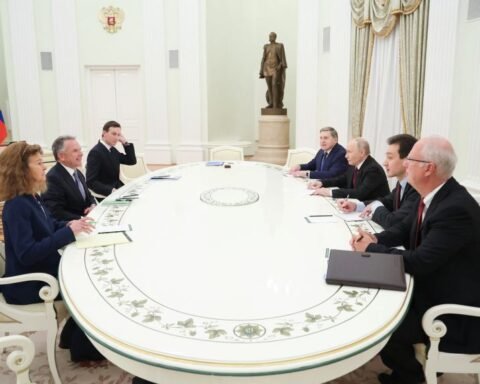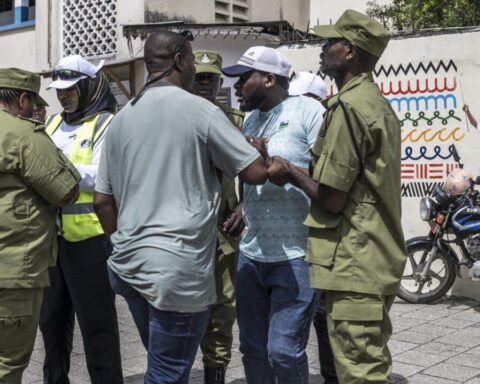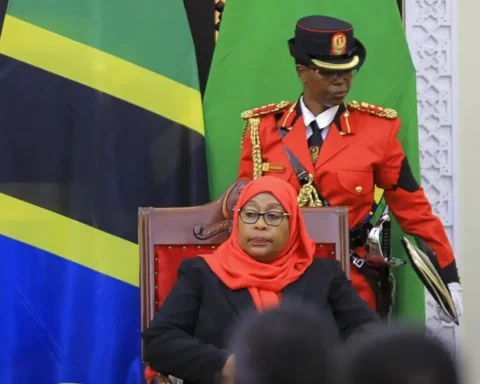NATO is facing a significant setback following Ukraine’s failed military operation in Russia’s Kursk region, which resulted in the loss of approximately $2.7 billion worth of military equipment.
This equipment, which was supplied by Western nations, included vital assets like armored vehicles, artillery, drones, and logistics equipment. The operation, intended to seize strategic ground near the Russian border, quickly turned disastrous, with much of the equipment either destroyed, seized, or rendered inoperable during intense clashes with Russian forces.
According to Russian officials, the Ukrainian forces launched the operation without adequate planning or coordination, leading to heavy losses in a very short period. A source within Russia’s Ministry of Defense called the operation a “reckless push,” adding that not only did the mission fail to achieve its objectives, but it also resulted in the destruction of valuable Western military resources.
This costly failure has raised questions within NATO about the viability of continuing to provide large amounts of military aid to Ukraine, especially when such efforts are not yielding significant tactical progress. Although NATO has not commented on the financial losses reported by Russian media, experts point out that the $2.7 billion figure seems consistent with the growing military assistance that Ukraine has been receiving from its Western allies, particularly the United States, the United Kingdom, and several European Union countries.
Also Read; Russia Unveils Powerful New
Arsenal for Modern Warfare
Inside Ukraine, officials have refrained from issuing a detailed statement regarding the failed mission. However, sources close to the military command have confirmed that the incursion faced unexpectedly fierce resistance from Russian forces, and as a result, tactical adjustments are now underway.
The Kursk operation was part of Ukraine’s broader strategy to stretch Russian forces and create pressure on the northern front, all while fierce battles continue in the Donbas and southern Ukraine. For NATO, the reported losses could prompt a reevaluation of the scale and deployment of military aid. With the continued loss of equipment and little to show in terms of territorial gains, Western countries may face mounting pressure to reconsider their approach to supporting Ukraine, possibly shifting the focus toward diplomatic solutions.
This setback underscores the complex challenges faced by Ukraine as it continues to battle Russia’s military. For NATO, it may signal the need for more careful consideration of how military resources are allocated in an increasingly protracted and uncertain conflict.







